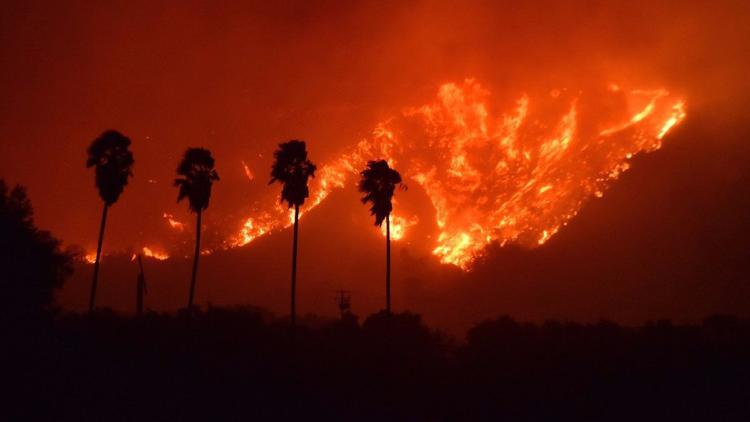Shale oil

The United States Geological Survey (USGS) estimates that there is 2 trillion barrels of shale oil resources in place in the US, with over 70% located on federal land. This equates to around 60% of global resources.
Of the 2 trillion barrels 1.5 trillion barrels is thought to be located in the Piceance Basin of Colorado and the remaining 0.5 trillion barrels is located in the Utah, Wyoming and the Eastern states. Oil shale reserves in the west (in Colorado, Utah and Wyoming) have a higher calorific value than reserves in the east in Indiana, Kentucky, Ohio and Tennessee. It is worth noting that that these are resources and not reserves.
The largest deposit is the Eocene Green River Formation in north western Colorado, north eastern Utah and south western Wyoming accounts for 83% of deposits. Of this the most recoverable is in the Piceance Basin in western Colorado and the Uinta Basin in eastern Utah. A total of 5% of deposits are located in the east of the US in the Devonian-Mississippian marine black shales. These shales haves a low hydrogen to carbon ratio and thus less oil than the Green River shale, but has by-products that could be a significant source of revenue e.g. uranium, vanadium and molybdenum. By-products for the Green River shale include dolomite, nahcolite, and dawsonite.
A problem with the Piceance Basin is that part of the oil shale is immersed in ground water. This presents a challenge for in situ oil shale processing because temperatures need to be below the boiling point of water, unless the oil shale can be isolated somehow. For example, Shell’s process outlined below.
Currently the US has 60% of all resources mostly located in the West in the Green River Formation, which spreads through parts of Colorado, Utah and Wyoming.



Comments
Post a Comment